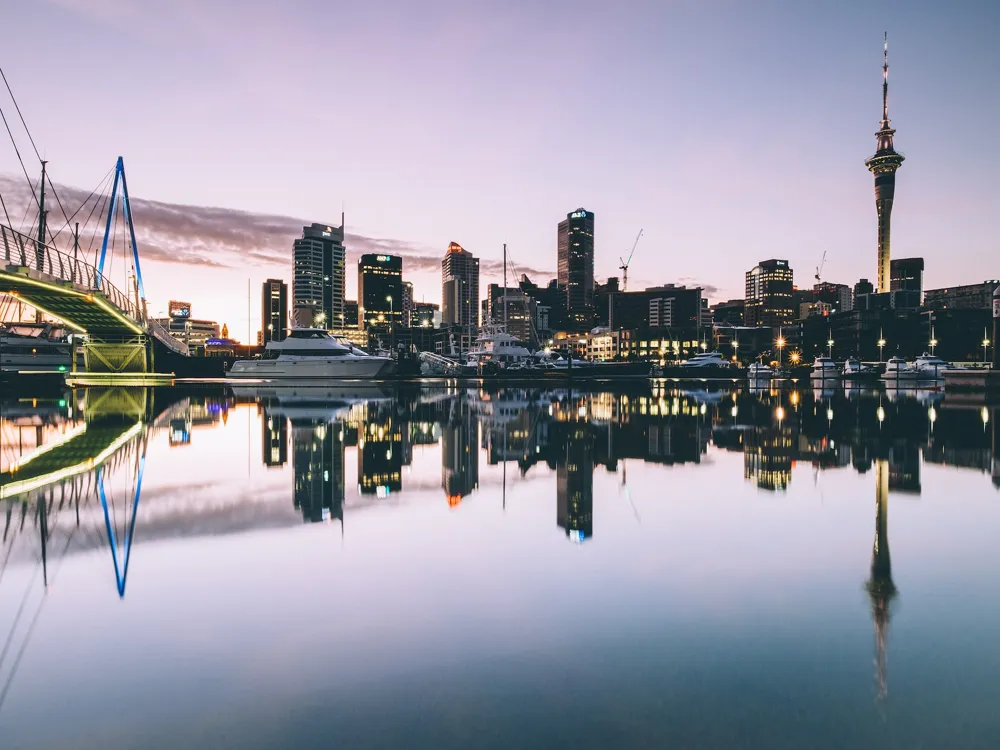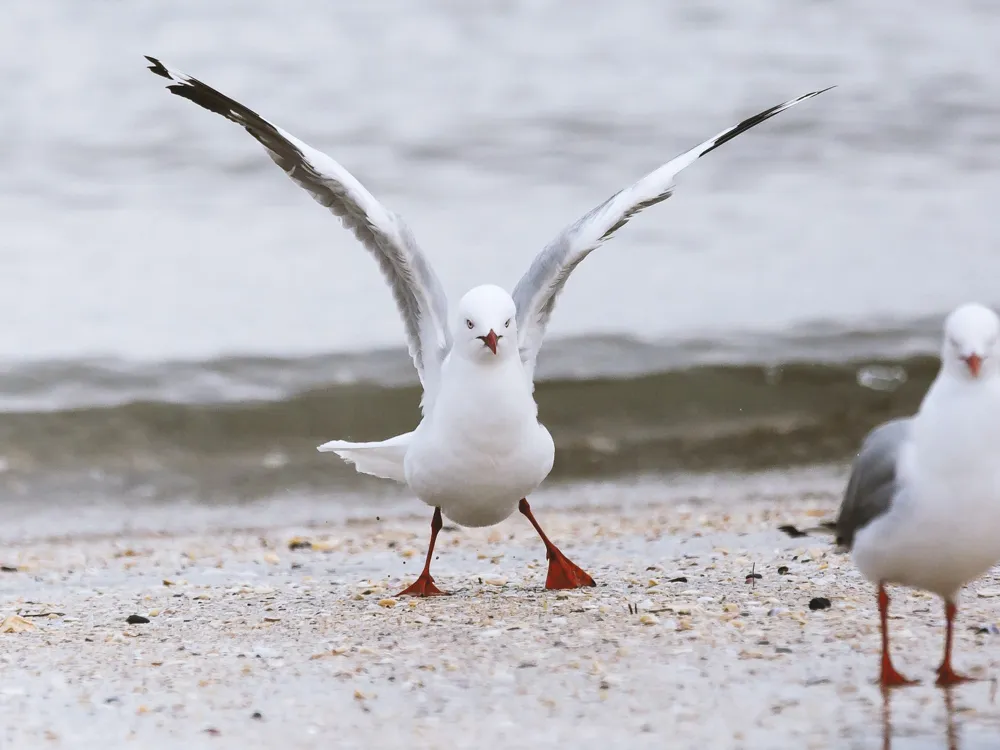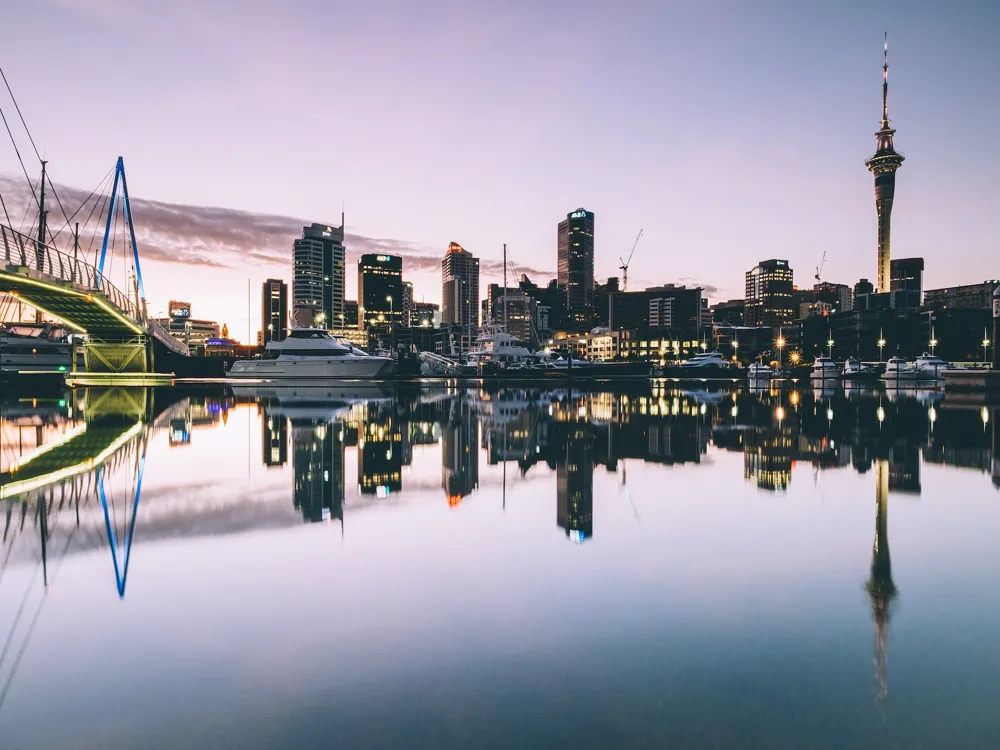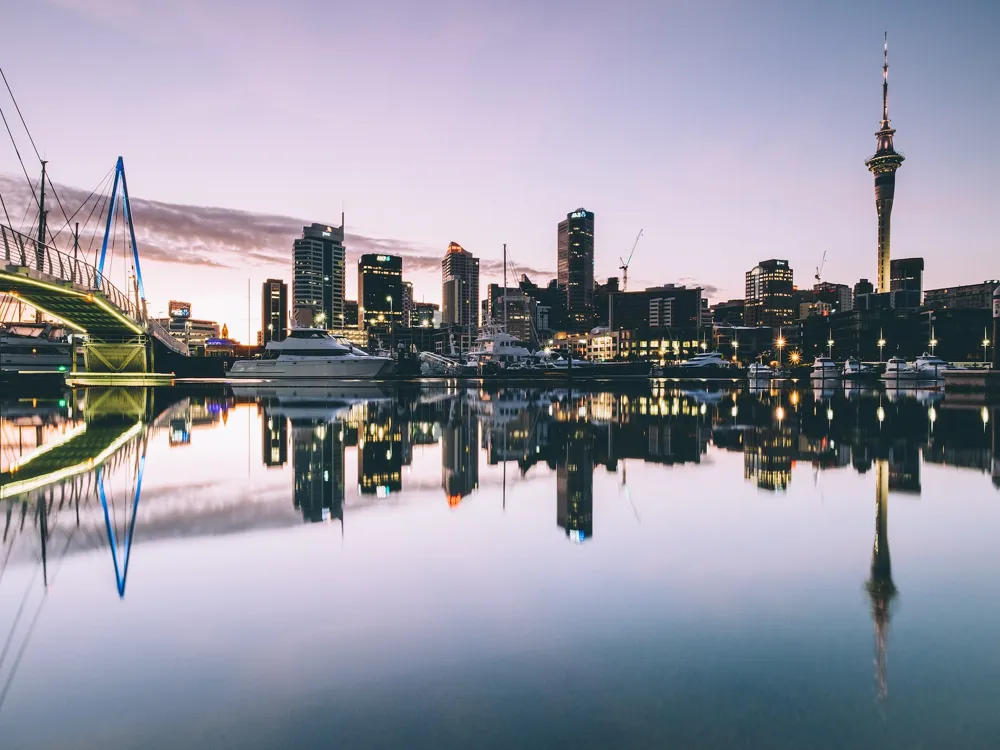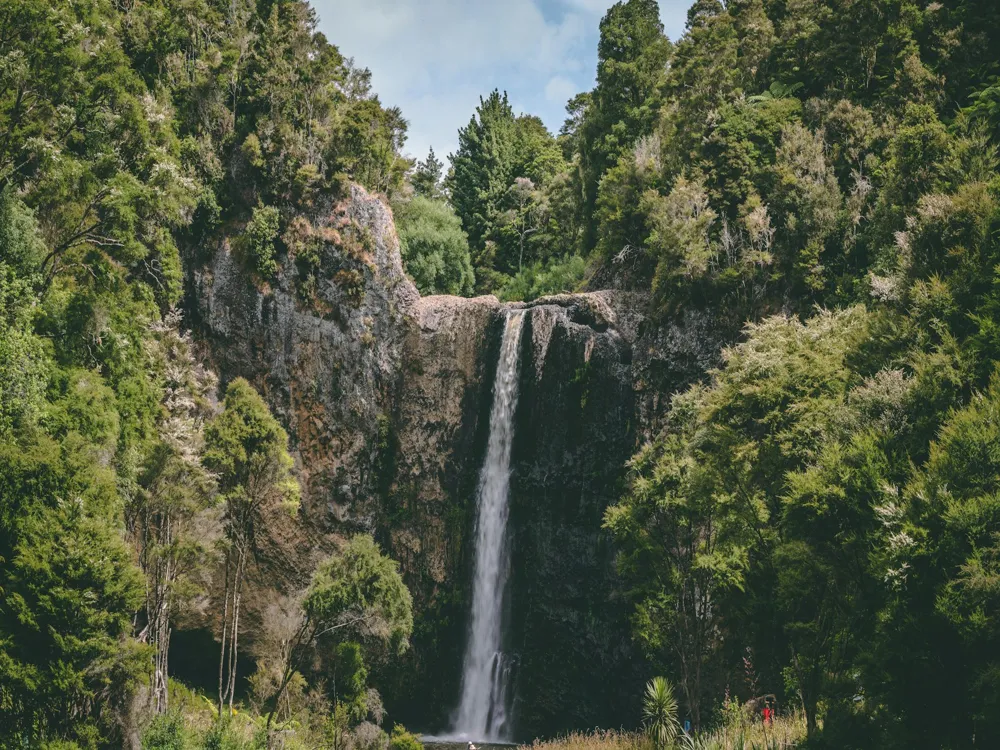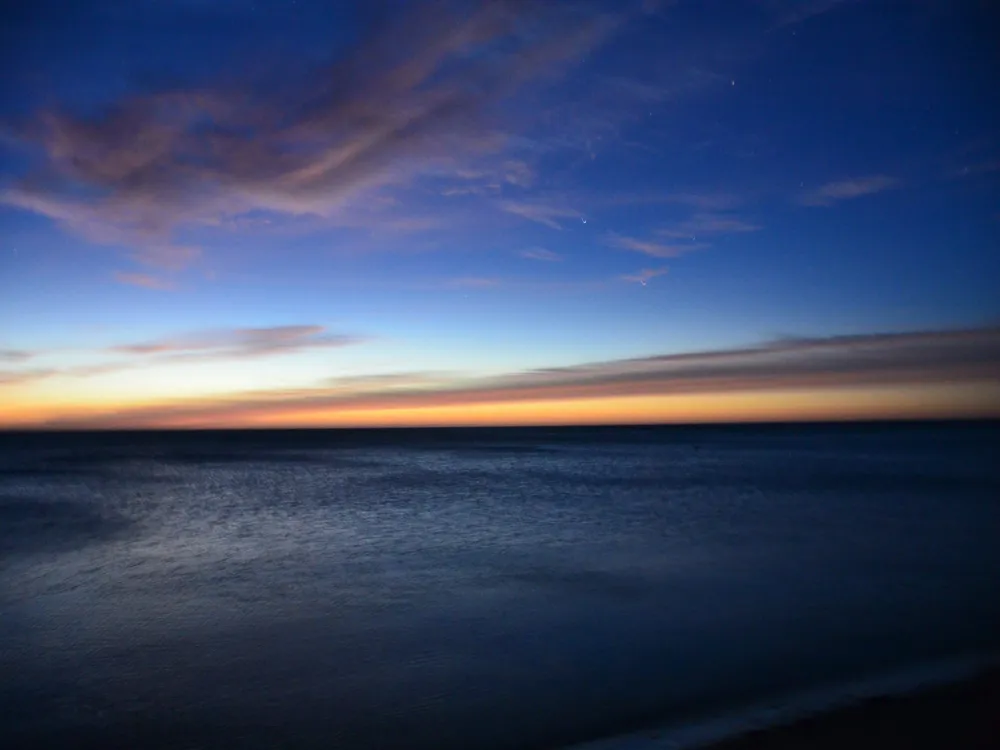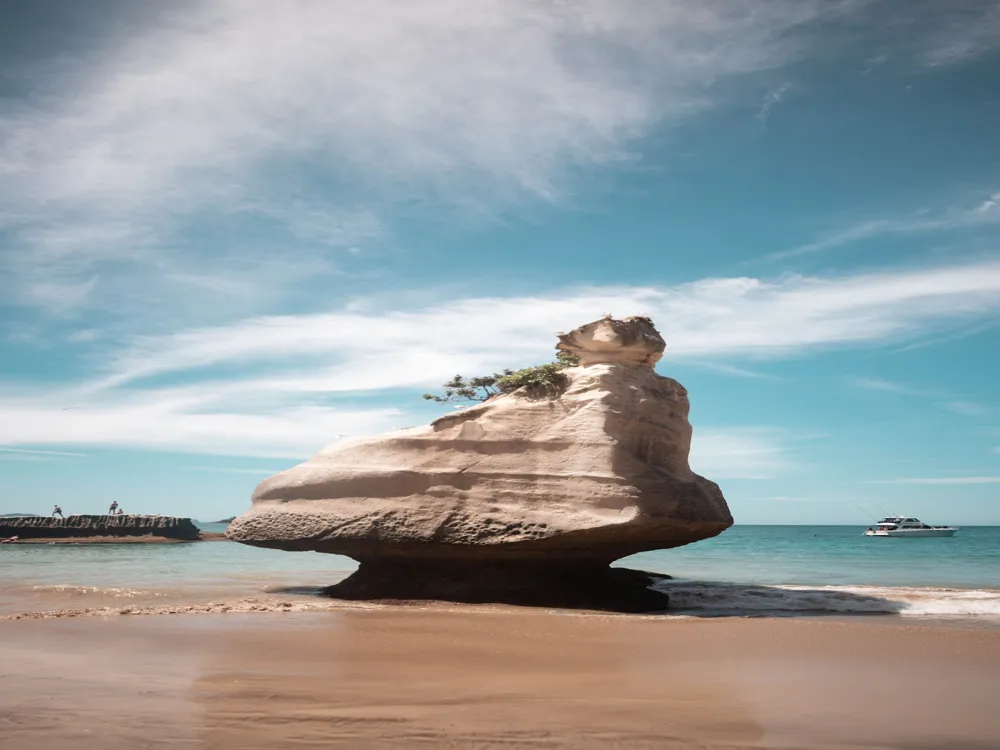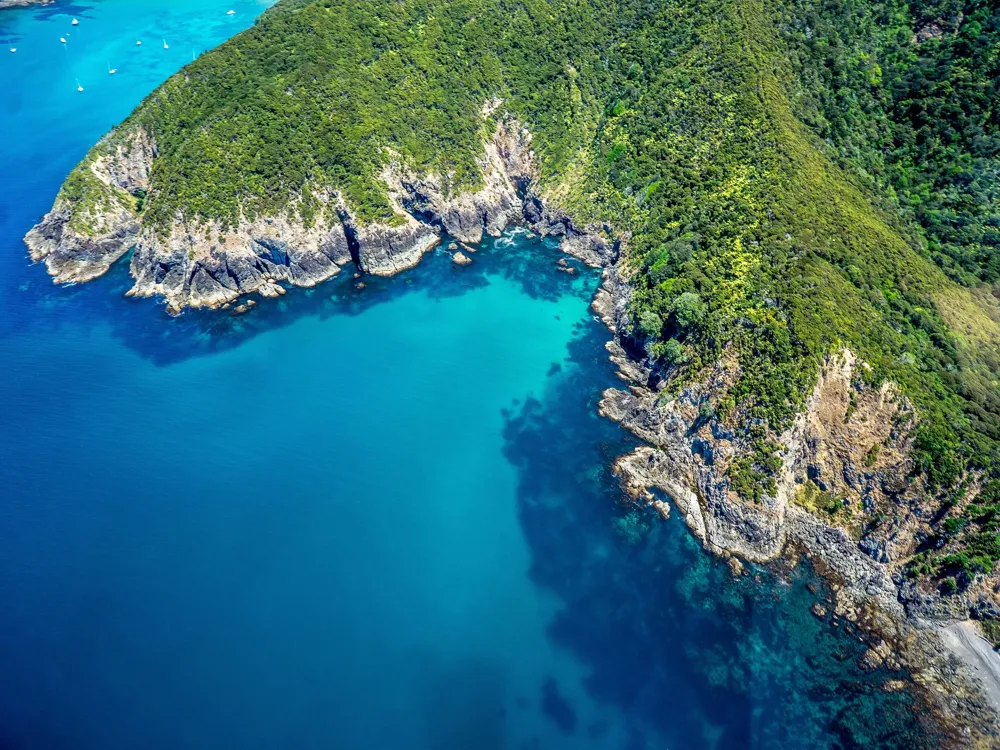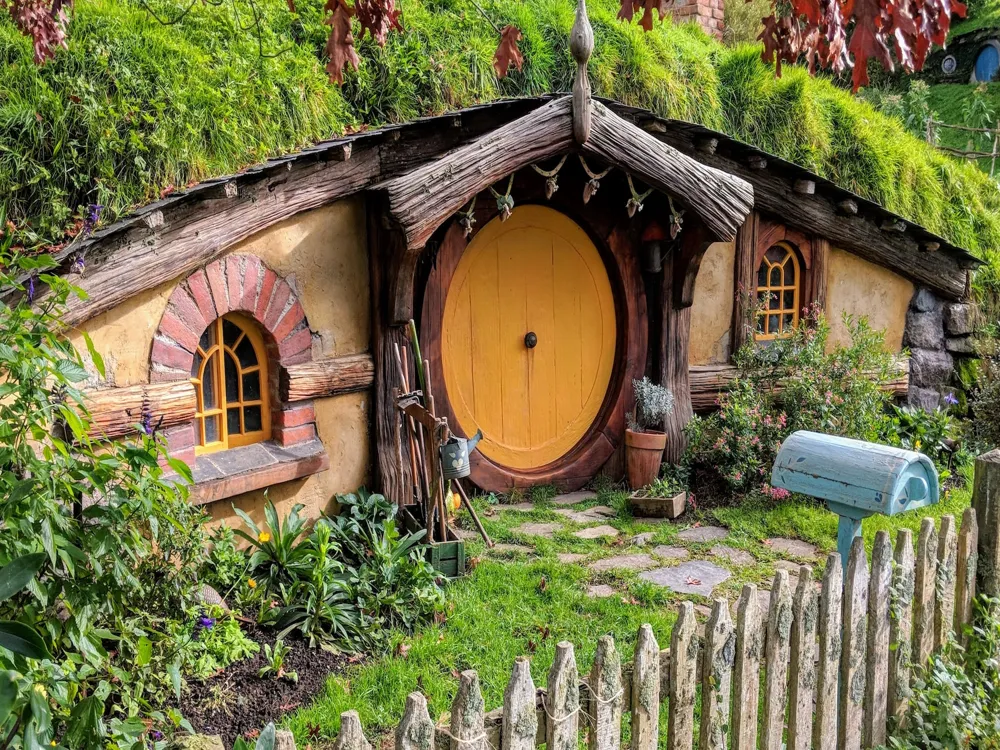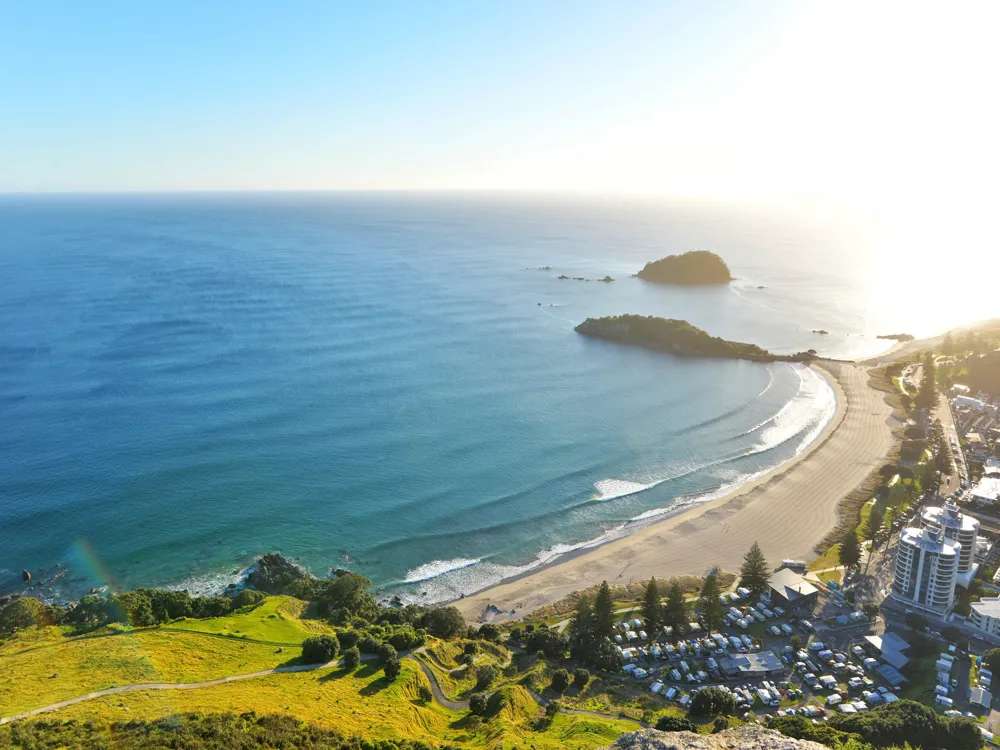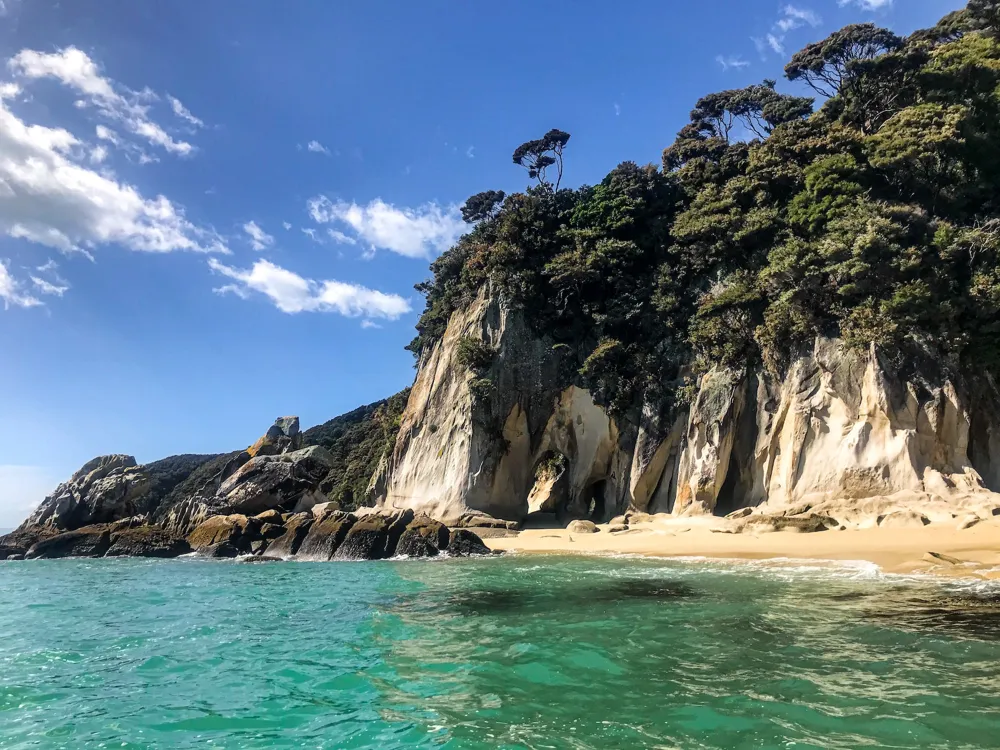Great Barrier Island, located 90 kilometers northeast of Auckland, New Zealand, is a place of unspoiled natural beauty and serene geography. With an area of roughly 285 square kilometers, it's the sixth-largest islet in the country and a part of the Hauraki Gulf Marine Park. The islet is famed for its rugged terrain, with a blend of native backcountry, flaxen strands, and an array of aboriginal foliage and fauna. Its unique ecology and remote position make it a haven for wildlife and nature suckers. The armature of Great Barrier Island is a testament to its history, culture, and terrain. The structures on the islet range from major lodges and lighthouses to contemporary eco-homes, reflecting the different influences and cultures of their occupants. Traditional Maori architectural rudiments can be seen in some of the structures, incorporating native accoutrements and designs that harmonize with the natural surroundings. When planning a trip to Great Barrier Island, consider the season, as rainfall conditions can significantly affect your experience. The summer months offer warm temperatures and ideal conditions for sand conditioning, while the downtime provides a quieter, more serene experience. Reserving accommodation in advance is pivotal, especially during peak seasons when options are limited. Pack light, but be prepared for varying rainfall conditions. Essential particulars include sun protection, nonentity repellent, comfortable walking shoes, and a leakproof jacket. Since the islet operates off-the-grid, bringing a power bank for your electronic bias is judicious. The Great Barrier Island is a place of natural beauty and ecological significance. Callers are encouraged to admire the terrain by sticking to pronounced trails, disposing of waste responsibly, and minimizing their ecological footprint during their stay. Renting an auto or bike is the stylish way to explore the island, as public transportation options are limited. Still, be prepared for clay roads and remote areas with limited services. Always carry a chart and inform someone of your trip plans, especially when hiking or exploring insulated areas. The local community is friendly and welcoming. Engaging with residents can enrich your experience, offering insights into the island's history and culture. Supporting local businesses and attending community events are great ways to immerse yourself in the island's unique lifestyle. Reaching Great Barrier Island is an adventure in itself. The most common way to get there's by scenic flight from Auckland, which takes around 30 twinkles. There are several diurnal breakouts operated by small original airlines, offering stirring views of the Hauraki Gulf during the trip. Alternately, a ferry service is available from Auckland, providing a slower but inversely scenic trip. The ferry trip takes roughly 4.5 hours and offers a chance to enjoy the marine decor and conceivably spot dolphins and jumbos. Previously, on the island, transportation options included rental buses, bikes, or original shuttle services, allowing callers to explore the island at their own pace. READ MORE:-Overview of Great Barrier Island, Auckland
The history of Great Barrier Island is as rich and varied as its geography. Firstly inhabited by Maori lines, the islet saw a metamorphosis with European agreement in the 19th century. It became a mecca for whaling and mining, leaving behind a heritage that's still apparent in some of the old structures and mine spots. moment, the islet is a mix of literal significance and natural wonder, offering a glimpse into New Zealand's history while furnishing a sanctuary for its present-day wildlife.
The islet's population of around 1,000 residents is spread across small agreements, with the largest being Tryphena, Claris, and Port Fitzroy. These communities are characterized by a laid-back, off-the-grid life, as the islet isn't connected to the landmass's electricity grid. Solar power and creators are generally used, pressing the residents' commitment to a sustainable way of life. This commitment extends to conservation efforts, with the community laboriously involved in guarding the islet's native species and territories.
Great Barrier Island was also designated as an International Dark Sky Sanctuary in 2017, making it one of the most stylish places in the world for stargazing. The islet's lack of light pollution offers callers a rare occasion to witness the spectacular night sky in its full glory, with clear views of the Milky Way, shooting stars, and other elysian marvels.
In terms of recreational conditioning, Great Barrier Island offers a plethora of options. Hiking trails, similar to the Aotea Track, wind through native timbers and lead to stunning views from the islet's mountainous peaks. The pristine strands offer excellent openings for swimming, surfing, and kayaking, while the rich marine life around the islet makes it a fantastic spot for fishing and diving.Architecture of Great Barrier Island
One of the island's architectural highlights is the major lighthouse at Cape Barrier. Constructed in the 19th century, it has become an iconic symbol of the islet's maritime history. The lighthouse is erected in a classical style and has been well preserved, offering callers a glimpse into its history and stunning panoramic views of the girding ocean.
In recent times, there has been a shift towards sustainable and eco-friendly architecture on the island. Numerous of the newer structures are designed with environmental conservation in mind, exercising solar power, rainwater harvesting, and natural, locally sourced amenities. These structures are frequently minimalistic in design, fastening on functionality and blending seamlessly into the island's geography.
The armature of Great Barrier Island isn't just about the structures themselves but also about how they interact with the terrain. The design principles generally espoused then reflect a deep respect for nature, with an emphasis on low-impact and sustainable living. This is apparent in the way structures are deposited to maximize natural light and ventilation, reducing the need for artificial heating and cooling.
Some of the most intriguing architectural exemplifications on the island are the out-of-the-grid homes. These homes are entirely self-sufficient, generating their own electricity and water and managing waste in an eco-friendly manner. The designs of these homes are varied, ranging from ultramodern, satiny structures to rustic cabins, but all partake in the common goal of sustainable living in harmony with the island's delicate ecosystem.Tips for Visiting Great Barrier Island
Planning Your Trip
Packing Essentials
Respecting the Environment
Exploring the Island
Engaging with the Community
How To Reach Great Barrier Island
Great Barrier Island
Auckland
₹ 72,000 onwards
View auckland Packages
Weather :
Tags : Wildlife
Timings : March - July, November - January
Planning a Trip? Ask Your Question
Auckland Travel Packages
View All Packages For Auckland
Top Hotel Collections for Auckland

Private Pool

Luxury Hotels

5-Star Hotels

Pet Friendly
Top Hotels Near Auckland
Other Top Ranking Places In Auckland
View All Places To Visit In auckland
Faq on Auckland
What is Great Barrier Island in Auckland?
Great Barrier Island, located in the Hauraki Gulf of Auckland, is the sixth-largest island of New Zealand. It's renowned for its rugged beauty, diverse flora and fauna, and pristine beaches.
How do I get to Great Barrier Island from Auckland?
You can reach Great Barrier Island from Auckland by ferry or by air. Regular ferry services operate from Auckland's downtown ferry terminal, while flights depart from Auckland Airport or Ardmore Airport.
What activities can I do on Great Barrier Island?
Great Barrier Island offers a range of activities such as hiking, birdwatching, snorkeling, diving, fishing, kayaking, and wildlife spotting. The island's untouched wilderness provides ample opportunities for outdoor adventures.
Is accommodation available on Great Barrier Island?
Yes, there are various accommodation options available on Great Barrier Island, including lodges, holiday homes, campgrounds, and bed and breakfasts. It's advisable to book in advance, especially during peak seasons.
Are there any walking tracks on Great Barrier Island?
Yes, Great Barrier Island boasts numerous walking tracks that cater to various fitness levels and interests. Popular tracks include the Aotea Track, Kaiaraara Track, and Kaitoke Hot Springs Track, offering stunning views and encounters with native wildlife.
View auckland Packages
Weather :
Tags : Wildlife
Timings : March - July, November - January
Planning a Trip? Ask Your Question
Auckland Travel Packages
View All Packages For Auckland
Top Hotel Collections for Auckland

Private Pool

Luxury Hotels

5-Star Hotels

Pet Friendly
Top Hotels Near Auckland
Other Top Ranking Places In Auckland
Faq on Auckland
What is Great Barrier Island in Auckland?
Great Barrier Island, located in the Hauraki Gulf of Auckland, is the sixth-largest island of New Zealand. It's renowned for its rugged beauty, diverse flora and fauna, and pristine beaches.
How do I get to Great Barrier Island from Auckland?
You can reach Great Barrier Island from Auckland by ferry or by air. Regular ferry services operate from Auckland's downtown ferry terminal, while flights depart from Auckland Airport or Ardmore Airport.
What activities can I do on Great Barrier Island?
Great Barrier Island offers a range of activities such as hiking, birdwatching, snorkeling, diving, fishing, kayaking, and wildlife spotting. The island's untouched wilderness provides ample opportunities for outdoor adventures.
Is accommodation available on Great Barrier Island?
Yes, there are various accommodation options available on Great Barrier Island, including lodges, holiday homes, campgrounds, and bed and breakfasts. It's advisable to book in advance, especially during peak seasons.
Are there any walking tracks on Great Barrier Island?
Yes, Great Barrier Island boasts numerous walking tracks that cater to various fitness levels and interests. Popular tracks include the Aotea Track, Kaiaraara Track, and Kaitoke Hot Springs Track, offering stunning views and encounters with native wildlife.







